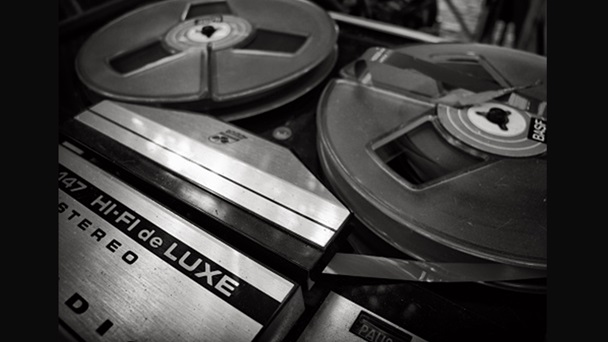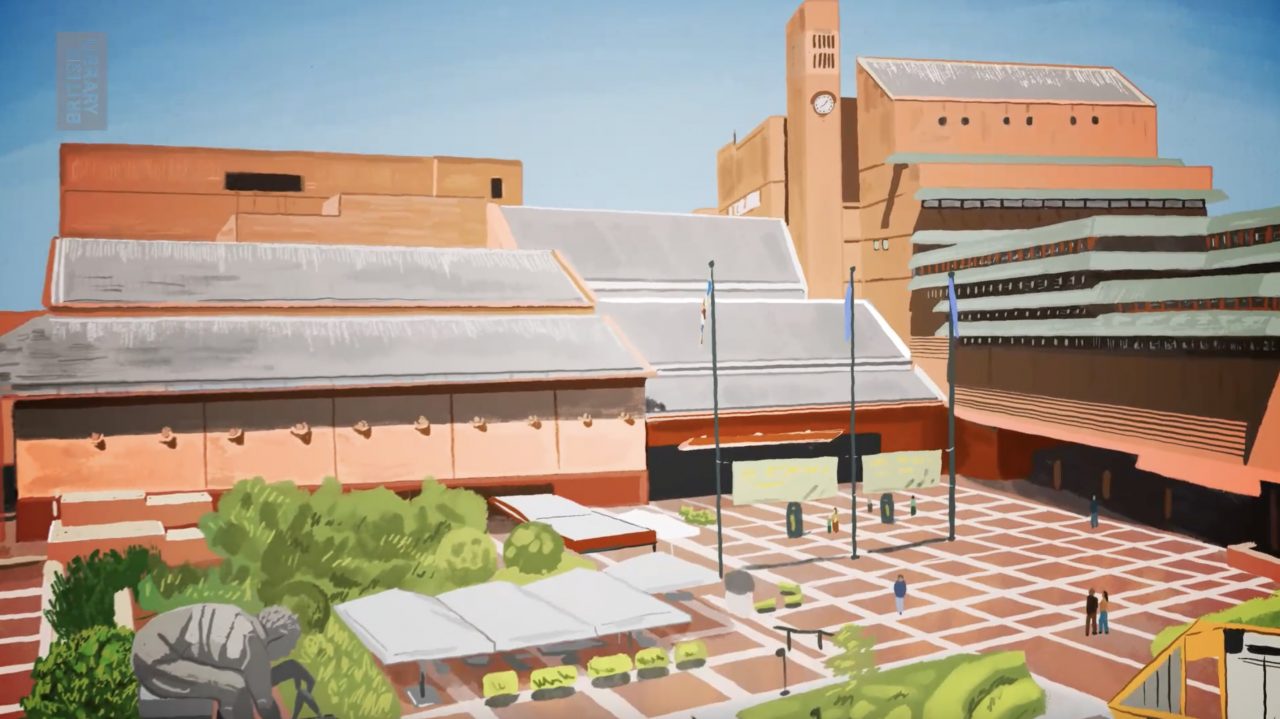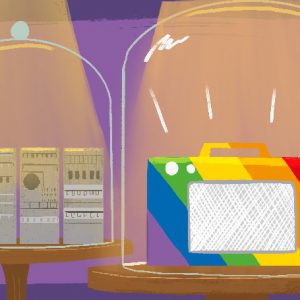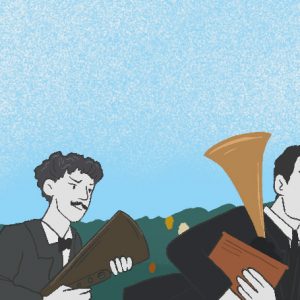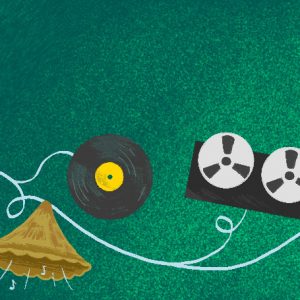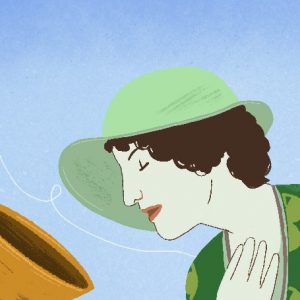
History of the British Library’s Sound Archive
What is the sound archive, how did it start and why is it part of the British Library? Timothy Day explores the answers to these questions.
Sometime in the 1930s, a teenager named Patrick Saul entered a London record shop looking for a record of violist Lionel Tertis playing a piece by the composer Ernő Dohnányi. Told that this record was no longer in issue, he marched to the British Museum, certain that it must hold a copy in its collection.
Upon discovering that the British Museum did not collect gramophone records, Saul asked to speak with the Museum’s director, Sir George Hill. Before they could meet, Saul lost his nerve and ran out the door. He eventually regained his composure and phoned the Museum from a nearby telephone box. After imploring to Hill that it was in the public’s interest to have a centralised collection of sound recordings, the Museum director agreed but told Saul to come back when he was older. This incident ignited a new mission in this young man, who would go on to create the British Institute of Recorded Sound (BIRS), the predecessor to the National Sound Archive.
The beginnings of the British Institute of Recorded Sound
Two decades after the episode at the record shop, Saul began to campaign for a public collection of sound recordings. A generous donation from the Quaker Trust, alongside guaranteed low rents at a building in Russell Square, allowed the British Institute of Recorded Sound to open its doors in 1955.
Early on, the Institute put out a public appeal for donations of sound material, which resulted in thousands of records and cylinders coming in from private collectors and regular people. The Institute’s collection policy was simple: it would not reject anything on artistic grounds. One of the governors of the Institute stated, ‘We cannot tell just what will interest posterity; we ourselves should like to know the taste of the Ancient Greeks in light music as well as in Olympian hymns. The only safe rule is to be omnivorous’.
Saul was also passionate about getting the public involved with the Institute. He organised countless events, inviting people to the Institute to engage with topics ranging from the traditional singing of the Zulus to the technical aspects of record manufacturing. As the Institute’s reputation grew so did its storage needs. It eventually moved from its first home in Russell Square to a larger building on Exhibition Road in 1966.
Jenny Sutton’s memories of working at the British Institute of Recorded Sound
Title: Jenny Sutton’s memories of working at the British Institute of Recorded Sound Creator: N/A Held by: British Library Shelfmark: C1642/3/1 Copyright: Audio: © Jenny Sutton & the British Library; Image: © Getty Images
Jenny Sutton spent her career working at the British Institute of Recorded Sound, the predecessor to the British Library’s sound archive. In this excerpt she describes the old listening rooms at 29 Exhibition Road.
Initially, the BIRS was governed by a body of representatives from organisations such as the British Museum, the BBC and the Royal Academy of Music. This evolved over time, but a significant moment in its history came in 1983 when it joined the British Library. The British Institute of Recorded Sound then became known as the National Sound Archive, and in 1997 it moved to the British Library’s St Pancras location, where it remains situated to this day.
The British Library’s Sound Archive today
Today, the British Library’s Sound Archive is one of the biggest repositories of sound in the world, containing over seven million sound recordings, including music, oral history, poetry and drama, accents and dialects, radio broadcasts and environmental recordings. Some of this material has been donated from private collections, such as Dian Fossey’s recordings of Rwandan mountain gorillas, or research recordings of the music of Chinese Buddhist monks.
Record labels, too, sometimes give copies of published music to the archive. Alongside the donated material, curators work to identify gaps in the archive, and to research and bring in new collections. The Archive also actively records things, from live events and news broadcasts to oral histories, which ensures the voices of everyday people are not forgotten.
Why do we collect?
On that moment in the record shop in the 1930s, Patrick Saul would later say that it was like a child learning about death for the first time. The idea that something so valuable could so easily disappear was outrageous, so he made it his life’s work to do something about it.
These recordings are fragments of knowledge about the world. They document wisdom passed down through generations, the marvels of the natural world and evidence of human flourishing and brutality. At the British Library one might find a budding musician listening rapturously to arrangements of the masters, a researcher poring over hours of radio broadcasts, or children so horrified at the accounts of concentration camp survivors that they decide that their world should never commit such atrocities.
Narrated by author and singer-songwriter Cerys Matthews, this animation explores the history of recorded sound. What first enabled us to capture and replay sound? Explore how a series of astonishing innovations have revolutionised technology and impacted the way we live today.
Though museums and libraries are at times seen as the gatekeepers to heritage, there are imperative ethical questions to ask, and undoubtedly wrestle with, which include: who decides what is worth preserving? How did we get this material? These are questions that must be critically examined.
But, for now, those who spend their working lives with the British Library’s discs and tapes are convinced of their value and importance and are resolved in safeguarding them for the future.
This article is adapted from Timothy Day, ‘The National Sound Archive: The First Fifty Years’, in Aural History: Essays on Recorded Sound, ed. by Andy Linehan (London: British Library, 2001), pp. 41–64.
Banner image © Laura White
撰稿人: British Library Learning
The British Library’s Digital Learning team welcomes over 10 million learners to their website every year. They provide free learning resources that allow audiences to access thousands of digitised treasures from the British Library’s collection, and explore a wealth of subjects from children’s literature and coastal sounds to medieval history and sacred texts.
